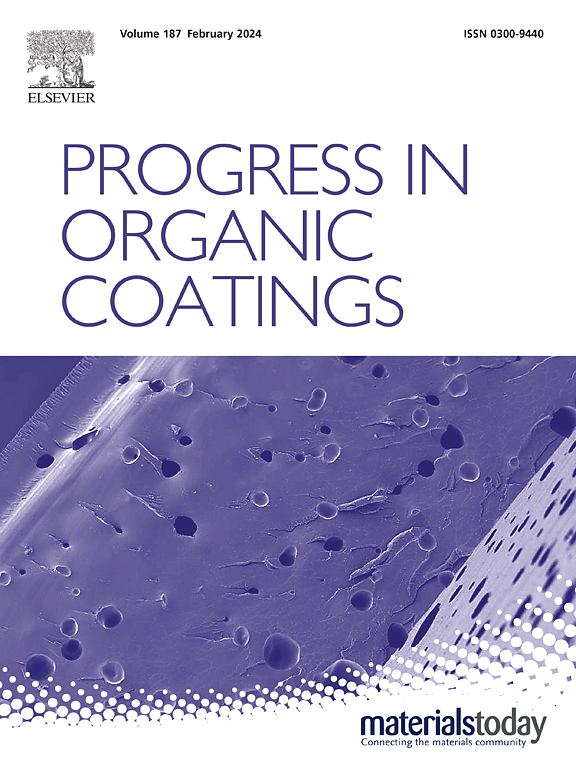Development of functional additives with infrared reflective properties for automotive industry
IF 6.5
2区 材料科学
Q1 CHEMISTRY, APPLIED
引用次数: 0
Abstract
Infrared radiation primarily contributes to the rise in car temperature, prompting excessive reliance on air conditioning, which in turn increases fuel consumption and emissions of harmful gases. Various methods exist to mitigate this, including the application of inorganic pigments designed to reflect infrared radiation. However, these pigments often come with colour limitations. Hence, there's a pressing need to develop a strategy capable of both reflecting infrared radiation and maintaining transparency in visible light, allowing for broader applicability across different colours. The goal is to reduce car temperatures, minimise air conditioning usage, and consequently decrease pollutant emissions. Our proposed solution involves utilising silica nano/microparticles known for their transparency in the visible spectrum and high reflectivity to infrared radiation. These particles are engineered with spherical morphology and varied sizes and combinations to identify the most effective approach. The most successful material we've developed showcases an impressive ability to increase the infrared (IR) radiation reflection and decrease the temperature by roughly 27 °C. Beyond their exceptional temperature-reducing capabilities, silica micro/nanospheres offer the added advantage of preserving the standard quality of paint. This study demonstrates a promising alternative to minimise the use of air conditioning systems and subsequently reduce the emission of polluting gases.

求助全文
约1分钟内获得全文
求助全文
来源期刊

Progress in Organic Coatings
工程技术-材料科学:膜
CiteScore
11.40
自引率
15.20%
发文量
577
审稿时长
48 days
期刊介绍:
The aim of this international journal is to analyse and publicise the progress and current state of knowledge in the field of organic coatings and related materials. The Editors and the Editorial Board members will solicit both review and research papers from academic and industrial scientists who are actively engaged in research and development or, in the case of review papers, have extensive experience in the subject to be reviewed. Unsolicited manuscripts will be accepted if they meet the journal''s requirements. The journal publishes papers dealing with such subjects as:
• Chemical, physical and technological properties of organic coatings and related materials
• Problems and methods of preparation, manufacture and application of these materials
• Performance, testing and analysis.
 求助内容:
求助内容: 应助结果提醒方式:
应助结果提醒方式:


